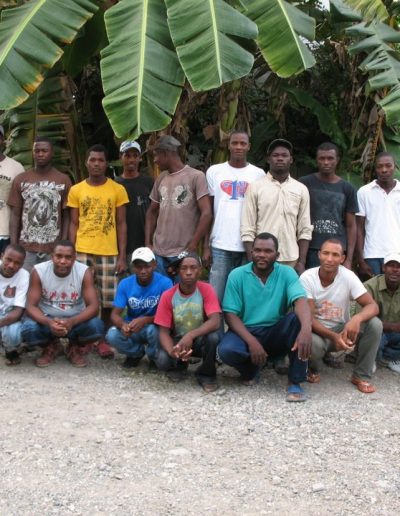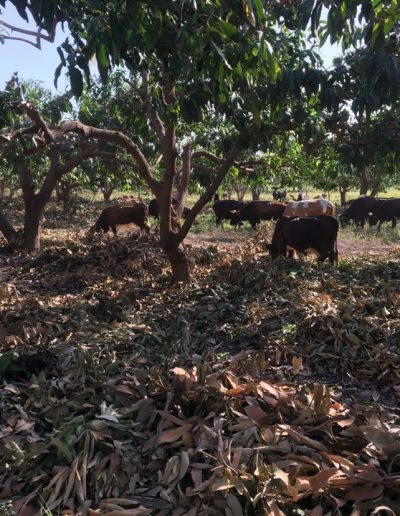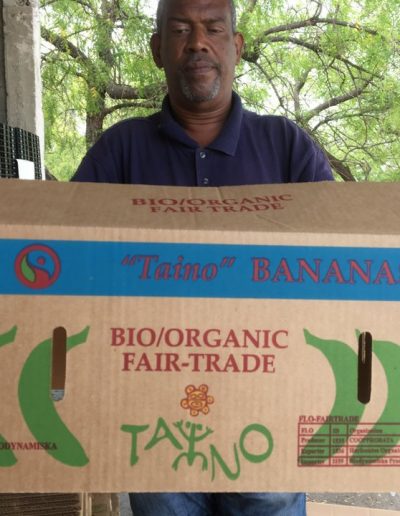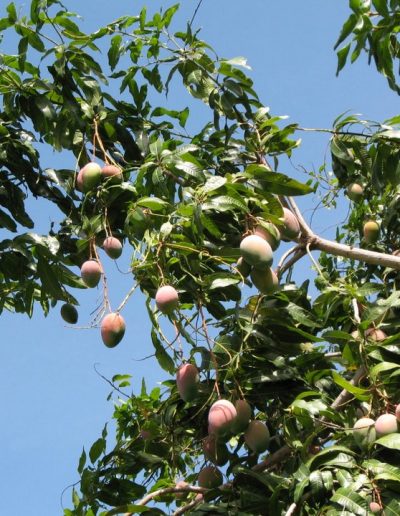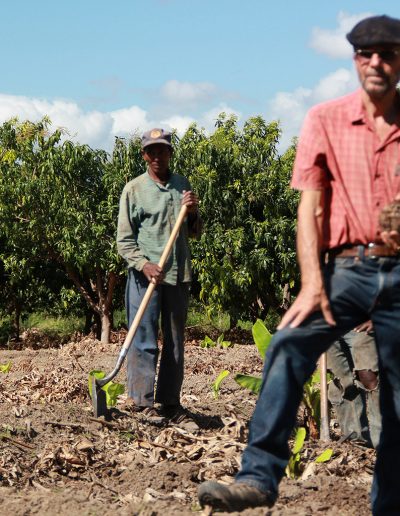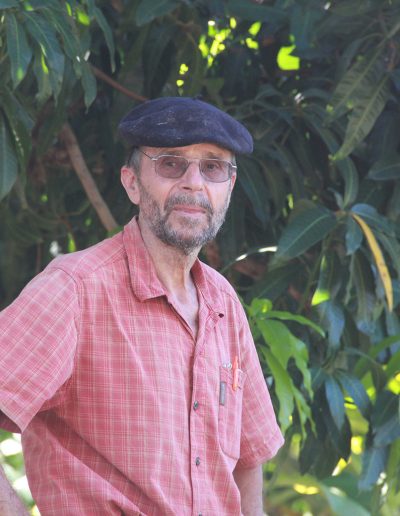FINCA GIRASOL
Finca Girasol & Who We Are
True Agriculture is not just a business like any other industry, as technocrats for decades have tried to make us believe. It needs full and loving dedication whereby the whole family is involved, as there is barely any separation between private life and work, I will therefore include some personal background in this description as well.
I met my wife Annelien, in 1960 at the Agriculture school “Warmonderhof” in Holland, the only institution at the time where one could learn about Biodynamic Agriculture. From 1965 onwards we managed small Biodynamic farms in Switzerland related to “Camphill” communities of curative education. In 1975 we decided to emigrate with our four children to the USA, joining a new Farm-School community in Upstate New York, in Harlemville.
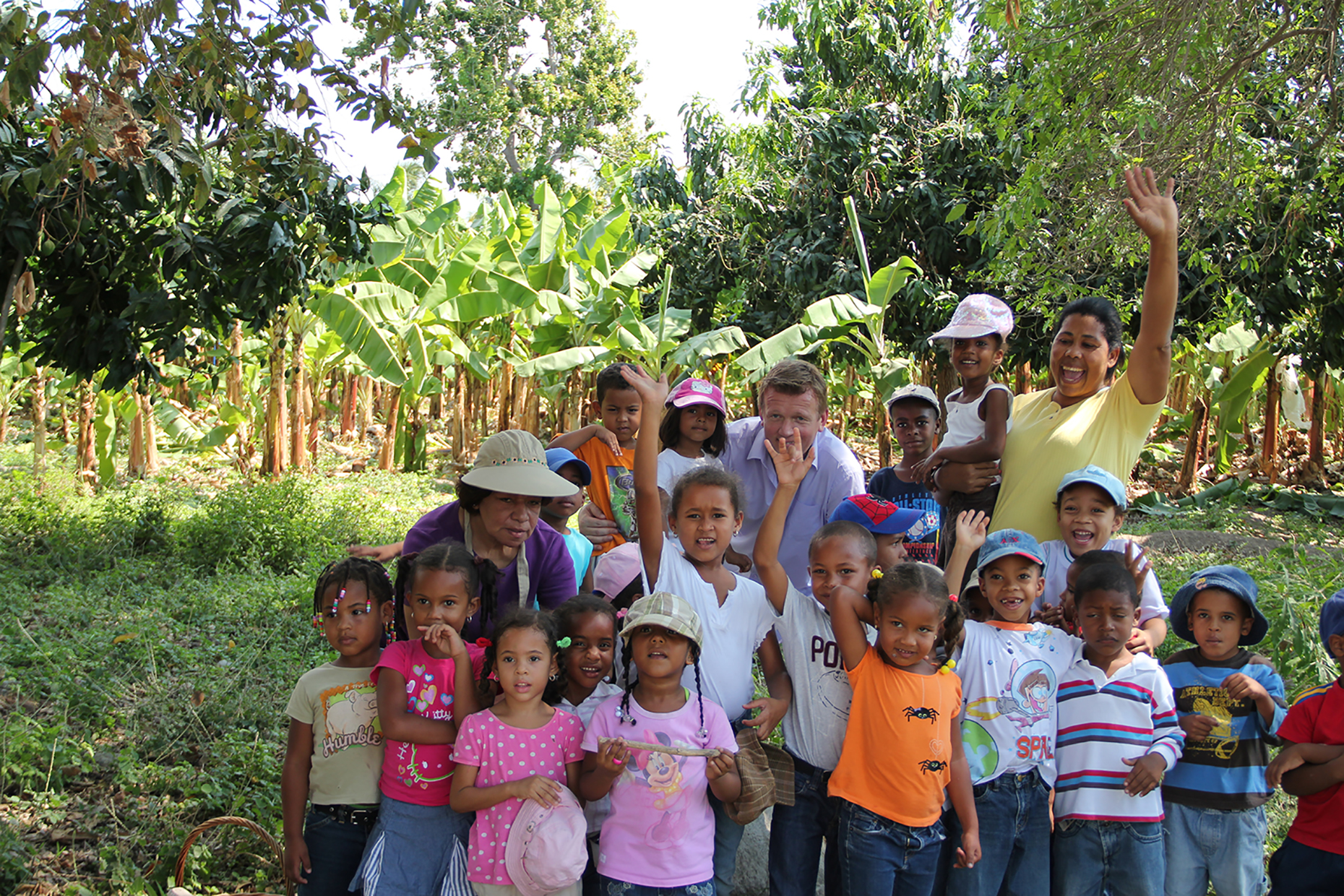
We were responsible to develop Hawthorne Valley Farm in close contact with Waldorf school education. This 170Ha. Farm grew over the years in to a fully diversified farm organism with a 60 Head Dairy, Pigs, Chickens and Horses and a variety of field-crops and vegetables as well as a Cheese-plant and Bakery. The products where sold through our Farm-store, Mail order and various Farmers Markets in New York City. An important aspect of the farm was its Apprenticeship-program and the opportunity for schoolchildren to experience farm-life.
Our involvement with Tropical Agriculture began in 1989, when I was asked to advise and inspect farmers in Mexico and the Dominican Republic for Biodynamic and Organic certification. Eventually this led in 1994 to our moving to the Dominican Republic, establishing the Export Company Horizontes Orgánicos and Finca Girasol. Crucial to its success was the good fortune to find a dedicated local management team. Both our sons are farmers, and in 2001 Kaspar our oldest decided to join our work for a certain time.
We were able to purchase initially 60Ha of land in the Azua Valley, 120km West of Santo Domingo. Over the years this was expanded with the purchase of additional land, locating housing, offices, a warehouse , mechanical workshop and a solar fruit-dryer on Finca Girasol. Today the farm-operation encompasses 180Ha, of which 65Ha in Bananas in three different locations.
The farm lies on a gentle south slope between the Cordillera Central mountain range and the Caribbean coast. This is a very arid semi-desert region, where the original vegetation consists predominantly of leguminous thorny small trees, brush and cacti, only useable for goat pastures and charcoal burning. Around 1983 after completion of a mayor irrigation project,
it was possible to bring a large part of the valley in to cultivation.
certification.
In order to provide the farms own manure for fertilization, a dairy-herd of 40 heads was developed, adapted to the harsh conditions, crossing Dairy breeds with the hardy Zebu. They are managed in a very extensive manner, milked by hand once a day in the morning and letting the calves run free with the cows during the day. Besides grass and brush-fodder the animals receive a daily ration of second grade bananas. The young animals are left free to range in the banana orchards. The milk is sold on the local market and for on farm use as well. There are also some Pigs, Horses, Ducks and Chickens kept on the farm mostly owned by the farm’s workers.
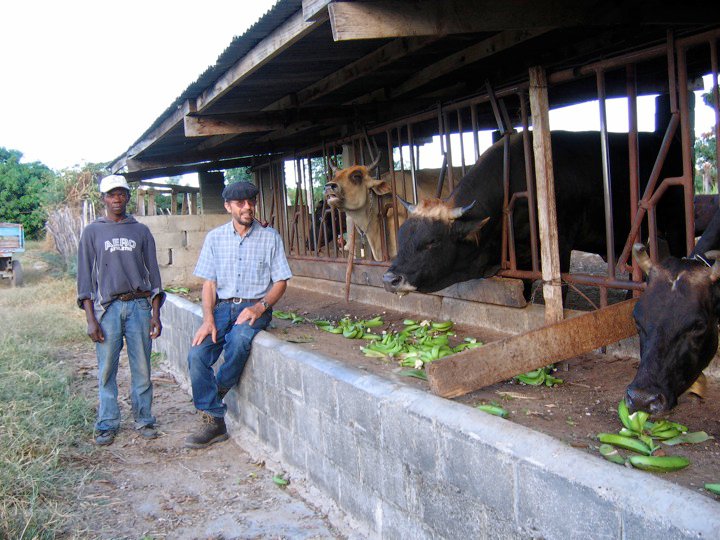
Bananas are a Hand-labor intensive crop, labor’s share of production costs represents about 80%. The Farm employs about 40 coworkers, living in neighboring villages and some living on the farm. The heavy fieldwork is men’s work ,whereas local women do the selection and packing.
Organically managed bananas are excellent soil-fertility builders, permanently shading the soil and building humus with the large amounts of crop residues. They take 8 -12 months after planting a rhizome to bear the first fruit, with the cutting of the banana stem also the mother-plant is cut and left in the field to decompose. New “daughters” are by then already in full development so that there is a continual leaf canopy in the field. It is of great importance that the fruit has not more than a three weeks age difference for uniform maturing. In order to control this, every week a ribbon of different color is placed on the newly emerged fruit. Between 7 to 11 weeks after placing the ribbon the stems are cut and brought to the packing shed. There the stems are de-handed and a quality selection takes place, the bananas are washed in tanks with flowing fresh water to remove all latex (a milky gluey plant sap).


